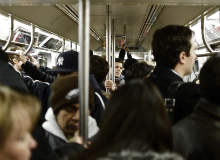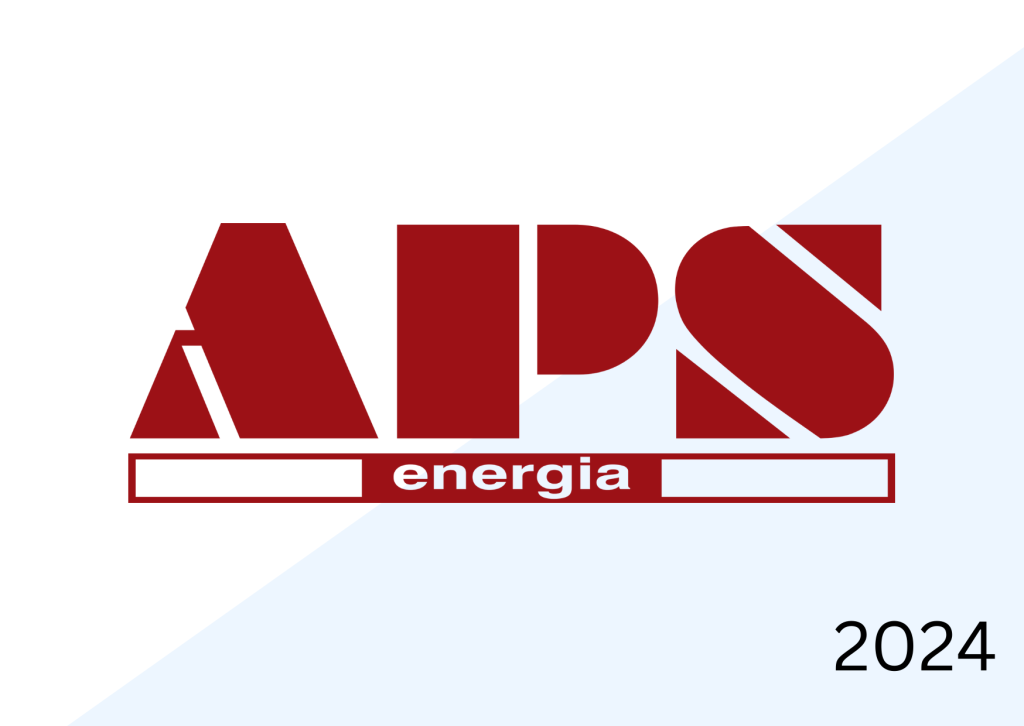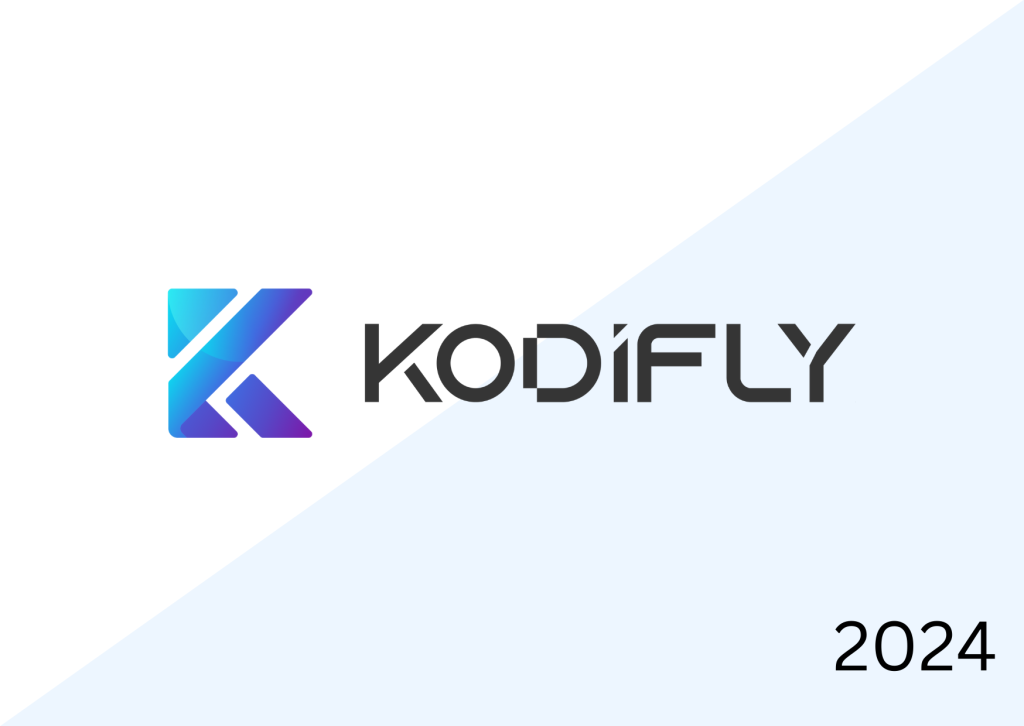
As the population grows and becomes increasingly urbanised, so does the strain on cities’ public transport networks, with rush hour becoming more and more difficult to manage.
At present, 54% of the world’s population lives in urban areas, according to the United Nations Department of Economic and Social Affairs (UN DESA), a proportion predicted to increase to almost 70%, adding 2.5 billion people to the world’s cities by 2050.
Undoubtedly growth, urbanisation and the subsequent economic development leads not only to prosperity, but also a faster and busier passenger network.
“In response to this, cities across the globe are rapidly evolving to become increasingly connected and responsive entities,” the UN pointed out in its World Urbanization Prospects report, published last year. “Furthermore, the density of people and businesses in cities facilitates knowledge and information sharing, fostering new enterprises and technological innovation.”
It is this technological innovation that is now starting to tackle the most pressing issues of the intra-city rail network: passenger overcrowding and navigation at peak times of the day.
Whether it is an independent app developer with an edgy idea or government-funded initiatives focused on research and development, rush hour technology is now starting to become the next big thing in our crowded, never-resting cities.
How well do you really know your competitors?
Access the most comprehensive Company Profiles on the market, powered by GlobalData. Save hours of research. Gain competitive edge.

Thank you!
Your download email will arrive shortly
Not ready to buy yet? Download a free sample
We are confident about the unique quality of our Company Profiles. However, we want you to make the most beneficial decision for your business, so we offer a free sample that you can download by submitting the below form
By GlobalDataWhat’s out there: rush hour navigation apps
Possibly the most popular app currently out there is Citymapper, the self-described “ultimate transport app”. Available in 29 big cities around the world, including London, Barcelona, Berlin, New York, Tokyo and Hong Kong, Citymapper presents passengers with user-friendly navigation suggestions for a faster, easier commute, all updated in real time.
In August 2015, after incessant requests and debates from users, Citymapper launched its “Where to Get on the Train” feature. The boarding strategy feature highlights the best part of the train passengers should hop on to save time off their total journey. For each leg of their tube journey, users can check whether the front, middle or back carriage is most suited for them given their destination and the way exits are positioned at their final station.
Although the data is not yet infallible, Citymapper said in a blog post that “in peak hours this will knock minutes of your journey time and lead to more combined zen in the city.”
While Citymapper certainly has the upper hand in terms of popularity, other apps such as Tube Exits have appeared on the market, offering to help commuters beat the system in much the same way.
New York’s take on efficient underground journeys is Exit Strategy NYC , an app, which promises to “shave minutes off every trip” by helping passengers figure out where to stand on the platform for the fastest exit out of the subway system. The app is fully functional offline, providing a detailed, interactive underground map with exit information for every stop in New York.
Describing what it calls the “pre-walking” concept, Exit Strategy explains that “by showing you where to stand on the platform, you can board the train at the right position to arrive directly in front of the exit at your destination station. You’ll beat the crowds and avoid walking several city blocks underground.”
However, users quickly spotted a drawback, quizzing the developers on what happens when everyone uses the app and the “right door” on each train becomes overcrowded. Responding via their website, the brains behind Exit Strategy showed enthusiasm in developing a second app, which could show passengers where the least crowded part of the train is.
In Tokyo, the world’s largest city with 38 million inhabitants, underground operator Tokyo Metro officially launched its own free smartphone application designed especially for tourists who are struggling to navigate the capital’s reportedly “very complicated” network. Tokyo Subway Navigation for Tourists is a multilingual guide available online and offline, with travelling information between stations, transfer points and street maps marking all tube stations around 59 of the city’s main attractions.
Similarly in Russia, Metropolitan is designed to help navigate the “enormous and confusing” Moscow Metro by calculating the fastest route between two stations, with stop names and addresses in both Russian and English. Since its creation, Metropolitan has spread to reach seven other Russian cities, three Ukrainian cities, and five other cities in former Russian states.
The future of rush hour technology in the UK
With its inhabitants recently counted at 8.6 million, London is experiencing its own population boom. According to the mayor’s office, the capital is on track to reach 9 million people before New York City and will approach 10 million in the next 15 years. The Greater London Authority estimates that this will bring 600,000 more passengers travelling at peak times by 2031.
In September, shortly after the publication of the latest rail overcrowding statistics from the Department for Transport (DfT), rail minister Claire Perry stepped forward to pledge the government’s dedication to tackle overcrowding on the country’s railways. Perry announced plans to introduce more than 3,700 extra carriages in the UK by 2019, coupled with new intercity routes and trains across the country.
However, technological development is also strongly encouraged as possibly the best future solution to this problem.
On 12 October, an Innovate UK programme called IC tomorrow launched the Innovation in Urban Spaces Contest. The competition will award a total of £140,000 to four businesses who can develop “digital solutions solving challenges across urban spaces”, with one of the categories focused specifically on urban travel.
Under the Enhanced Travel Data category, IC Tomorrow partnered with Transport for London (TfL) to award up to £35,000 towards a tech solution that addresses capacity issues and improves the experience of rail passengers.
Using comprehensive data sets obtained from historical Oyster card scans and train log data sets of carriage weight loading, applicants are encouraged to devise tools that “help passengers navigate to emptier carriages at rush hour, help to decrease journey time, or help to quickly switch passengers between modes of transport if congestion is occurring”, according to a press release.
“Applicants may also wish to consider how to best display this information, whether through wearable technology, new forms of display, or integration into existing platforms to augment the information in new and innovative ways.”
The winners, to be announced on 29 January 2016, will have the opportunity to trial their solution with TfL, “using a limited set of data to demonstrate its efficacy, either as part of the existing train carriage density project, or as a network management level tool in a control room environment.” The trials are expected to start in autumn 2016.
Earlier this year, the Rail Safety and Standards Board (RSSB) launched the Train Operator Competition 2015 (TOC’15), seeking a similarly pioneering approach to developing a smarter, smoother transport system.
The winners of TOC’15 were announced in July as Arriva UK Trains, Govia Thameslink Railway and First Great Western. The three operators were awarded access to a £6m collaborative fund which they would use to develop technologies aimed at improving the passenger experience.
While details are still scarce, Arriva UK Trains is working on a “buy now pay later” scheme, while First Great Western is tackling disruption management and Govia Thameslink is looking at developing solutions to overcrowding.
At the moment, the top ten most overcrowded trains in the country are running through London, with 22% of passengers being forced to stand during the morning rush hour.
“I know how frustrated customers are with overcrowding,” Perry said in September, “and I expect the rail industry, including operators, to continue to develop innovative proposals to meet the capacity challenge head on.”





